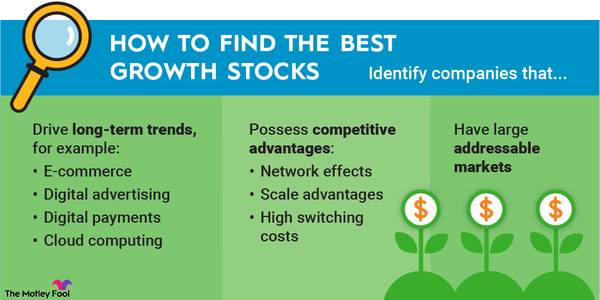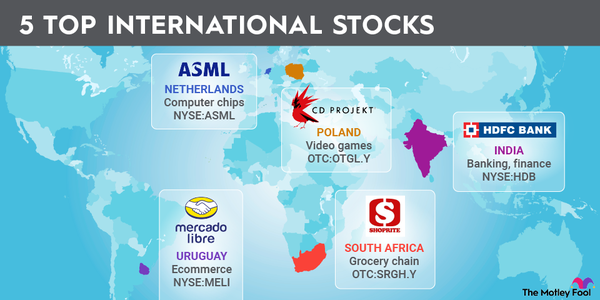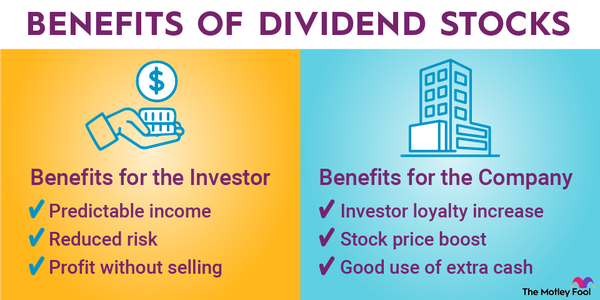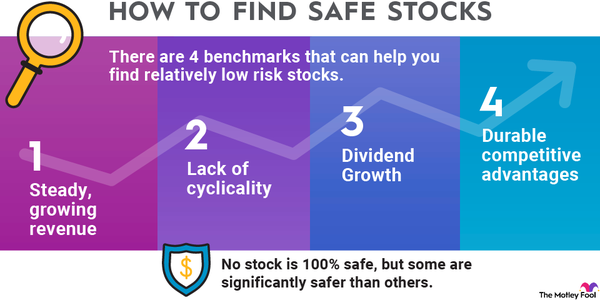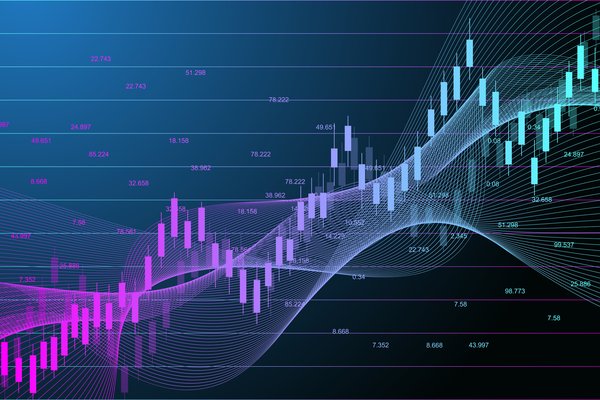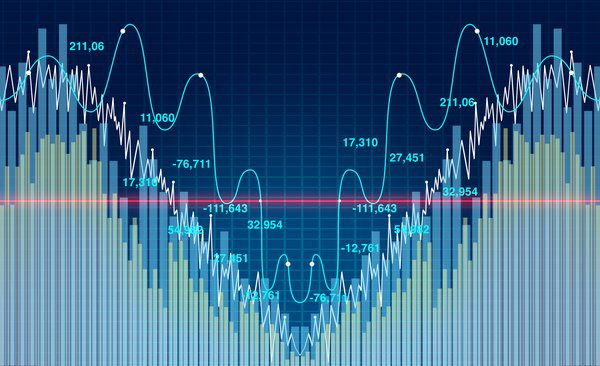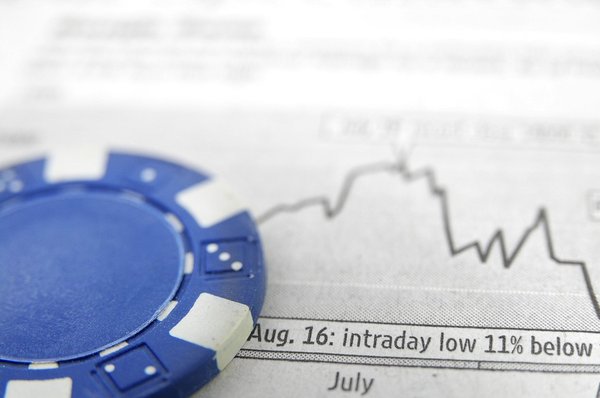What are the most volatile stocks on the market today? You might be surprised. The stocks that have exhibited the highest volatility in recent months won't necessarily be the ones with the most volatility going forward. In this article, we'll define exactly what stock market volatility is, identify the types of stocks with especially high volatility in 2023, and discuss whether or not volatile stocks are right for you.

Understanding stock market volatility
Understanding stock market volatility
All stocks move up and down over time. Stock volatility refers to how much they rise or fall within a specified period. Generally speaking, the more volatile a stock is, the riskier it is. However, that's not always the case.
Stock Market Volatility
There are several ways to measure stock volatility. Below are three of the most common methods used:
- Beta. This measures the volatility of a given stock or group of stocks compared to the overall stock market (usually represented by the S&P 500). It's calculated by dividing the covariance (how much two data points vary together) of the return on an individual stock or group of stocks and the return over the overall market by the variance of the return of the overall market. Many financial websites provide individual stocks' beta coefficients, so you don't have to crunch the numbers yourself. A beta coefficient of more than 1.0 indicates that a stock tends to be more volatile than the overall market, while a coefficient of less than 1.0 indicates that the stock tends to be less volatile than the overall market.
- Implied volatility. This measures how much the market expects that a stock will change over a period of time. It is derived from options prices using a complicated mathematical formula called the Black-Scholes model. Stocks with higher implied volatility are more volatile than those with lower implied volatility.
- Standard deviation. This measures how much a stock varies from its average or mean value over a period of time. It's calculated by obtaining the square root of the sum of the stock's variance from its average divided by the number of data points. The higher the standard deviation is, the more volatile the stock.
Stock volatility can be caused by multiple factors. Some of the most important ones include investors' emotions, geopolitical events, macroeconomic trends, and issues impacting individual businesses.
Five types
Five types of high-volatility stocks
Certain stock market sectors can exhibit higher levels of volatility than others. However, the sectors that are highly volatile during one period could rank among the less volatile ones during another period.
State Street (STT 0.14%) Global Advisors, which operates several exchange-traded funds, including the SPDR S&P 500 ETF Trust (SPY 0.95%), published the volatility of each S&P 500 sector in July 2023. Below is a list of the five highest-volatility stock sectors based on the company's volatility composite score.
1. Utilities
Utility stocks are usually viewed as stable investments with lower risk levels. They include the stocks of companies that provide electricity, natural gas, sewage, and water to businesses and homes.
These stocks tend to be less volatile. The demand for their services typically remains relatively steady. Many utilities have no or minimal competition.
Right now, though, utilities ranks as the most volatile sector within the S&P 500, according to State Street. Why? Probably the biggest factor is that interest rates have risen significantly. Utilities companies often borrow extensively to finance their operations. When interest rates increase, it drives the companies' cost of borrowing higher.
Fluence Energy (FLNC 2.06%), which markets renewable energy storage products, stands out as one utility stock that's been especially volatile. Its beta coefficient over the last five years is 2.24, indicating that Fluence has been much more volatile than the S&P 500.
Buy-and-Hold Strategy
2. Healthcare
Healthcare stocks are also often seen as relatively stable picks as well. The demand for healthcare services continues to grow, particularly as populations across the world age. However, many healthcare stocks can be quite volatile. That's especially the case with biotech stocks that can skyrocket or sink based on clinical study results and regulatory decisions.
The healthcare sector trails behind only utilities in volatility this year, based on State Street's scoring. It's difficult to pin this increased volatility on a single cause. Potential contributing factors include regulatory changes such as allowing Medicare to negotiate the prices of high-cost drugs and a transition to a new market dynamic with respect to COVID-19.
Moderna (MRNA 1.69%) serves as a good example of a healthcare company that has been impacted by the COVID-19 transition. The demand for the company's COVID-19 vaccines has waned considerably. Moderna's beta coefficient over the last five years is 1.62, reflecting significantly more volatility than the overall stock market.
3. Consumer staples
Keeping with the theme, consumer staples stocks usually aren't exceptionally volatile. Consumer staples include the kinds of products people use regularly, such as food and beverages, household products, and personal care products.
But consumer staples ranks as the third most volatile sector right now, according to State Street. One major factor could be high inflation, which drives companies' costs higher and could push customers to look for less expensive alternatives.
Cosmetics company Coty (COTY 0.35%) has been highly volatile, with a beta coefficient of 1.9. However, Coty is an example of positive volatility. Its share price has soared much higher than the S&P 500 in 2023, thanks to strong sales and earnings growth.
4. Consumer discretionary
Consumer discretionary stocks can be quite cyclical in nature, rising tremendously during some periods and falling during others. The name of the sector provides a good hint as to why this is the case. Discretionary products are ones that consumers buy when they have a little extra money.
It's not all that surprising that State Street found the consumer discretionary sector is more volatile than most right now. High inflation has caused some consumers to cut back on spending.
Norwegian Cruise Line (NCLH -1.6%) is a case in point of a consumer discretionary stock that's exhibited high volatility. Its five-year monthly beta is 2.61, reflecting an exceptionally high level of volatility. The cruise ship operator still hasn't fully recovered from the negative impact of the COVID-19 pandemic.
5. Information technology
Information technology is another sector that is understandably volatile. Tech stocks can sometimes be boom or bust.
2023 has brought a technology boom, with the surging interest in artificial intelligence (AI) serving as a key catalyst for the overall stock market gains. But when tech stocks move significantly higher than the S&P 500, it makes them more volatile – again, a good kind of volatility.
Nvidia (NVDA 6.18%) stands out as a great example of this positive volatility. The stock has skyrocketed this year, along with the demand for its graphics chips. Nvidia's five-year beta is 1.74, indicating much greater volatility than the overall market.
Related investing topics
Should you invest?
Are volatile stocks right for you?
If you're a cautious investor who can't stand the thought of seeing the stocks you buy swinging wildly up and down, you'll probably be best avoiding highly volatile stocks. However, as we've seen, even some normally stable sectors can be more volatile at times.
On the other hand, aggressive investors who aren't risk-averse might prefer the excitement that highly volatile stocks offer. Higher volatility can often bring greater returns.
One way to reduce your risk when buying stocks, especially those with higher volatility, is to follow a buy-and-hold strategy. Some stocks that are exceptionally volatile over the short term won't be nearly as volatile over the long term.
It's also important to build a diversified portfolio that includes stocks that span a wide variety of sectors and industries. This approach increases your chances of long-term success.
Finally, manage your position sizes in highly volatile stocks. The number of shares that you buy can make a big difference in how much risk you take on.









